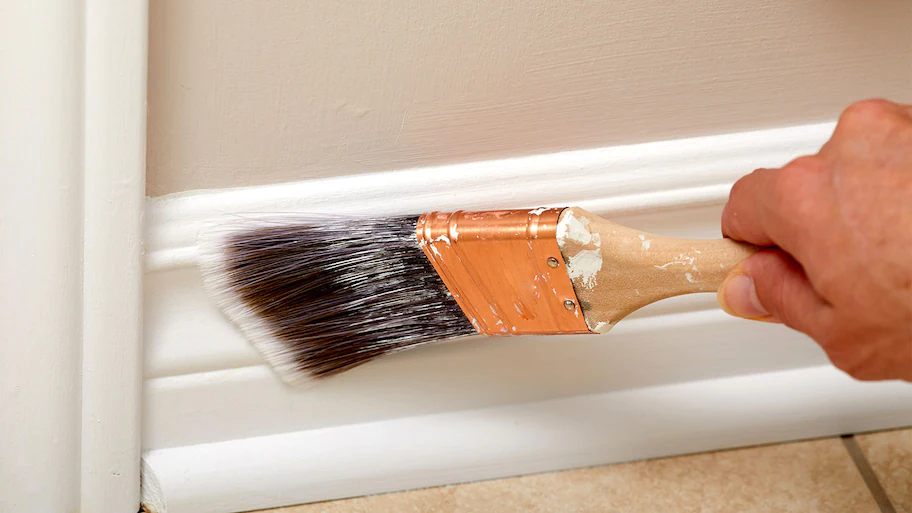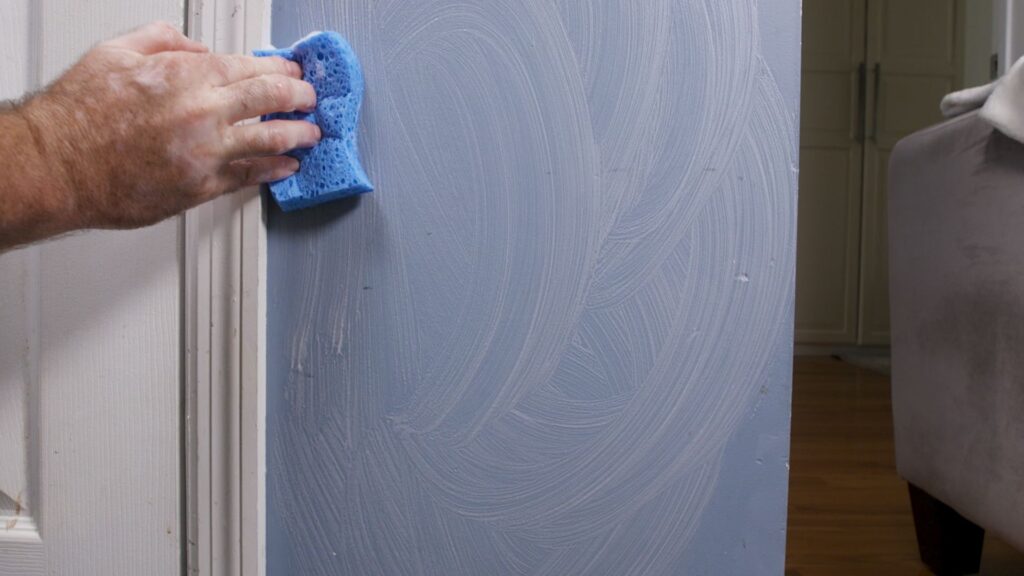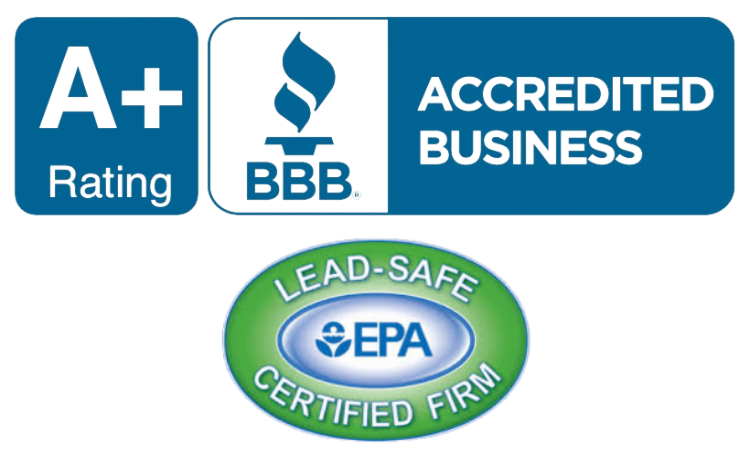The increasing prevalence of chalk paint among do-it-yourselfers can be attributed to valid factors. This multipurpose paint possesses a distinctive luster that enables the modification of any surface, including rustic trim and baseboards. However, what precisely is chalk paint? Characterized by its velvety, opaque consistency, chalk paint is distinct from conventional paint both visually and tactilely. Its moniker is derived from the physical appearance and consistency it resembles chalk after curing. Due to this quality, it is highly suitable for molding and trim with a rustic, vintage aesthetic.
Chalk paint is a highly suitable choice for rustic moldings and trim because of its straightforward application process and minimal demands for surface preparation. In contrast to traditional paint, chalk paint does not necessitate any preparatory actions such as sanding or stripping. Consequently, individuals seeking to modernize the aesthetics of their moldings and trim while minimizing the amount of preparatory effort required can employ this approach to conserve time. Moreover, chalk paint is renowned for its exceptional coverage, which enables one to attain an aesthetically pleasing outcome with a reduced number of applications.
Preparing Your Trim and Baseboards for Chalk Paint Application
To achieve superior adhesion and a long-lasting finish, it is crucial to adequately prepare the surface of the moldings and trim before applying chalk paint. To commence, cleanse the baseboards and trim in a comprehensive manner to remove any grease, grit, or grime that might be present. A viable and efficacious remedy for this intent consists of a mixture of mild detergent and tepid water. After sanitizing, permit complete drying of the surface.

Examine the moldings and baseboards for any defects or gaps that may necessitate fixing. Utilize wood putty or infill to conceal defects and guarantee a steady and smooth surface. Using fine-grit sandpaper, delicately sand the entire surface once the infill has cured. By employing this methodology, a slightly textured surface can be produced, thereby augmenting the adhesion of chalk paint.
In certain cases, the application of chalk paint may necessitate the use of a primer, particularly when the woodwork and moldings possess an oil or lustrous finish. By applying a primer, the adhesion of the chalk paint will be improved, and any color or stain transfer will be prevented. Select and apply a primer compatible with chalk paint according to the instructions provided by the manufacturer.
Choosing the Right Chalk Paint Color and Finish for Your Project
When deciding regarding the optimal color and finish of chalk paint for primitive baseboards and trim, several factors should be considered. Give precedence to the overarching aesthetic that you strive to attain. Do you favor a modern, streamlined appearance over one that is distressed and vintage in appearance? This will inform your decisions regarding hue and finish.
For a pastoral aesthetic, warm browns, deep greens, and subdued blues are all excellent choices. The hues harmonize with the organic wood tones present in primitive baseboards and trim. Furthermore, consider the existing color scheme of the space. Select a pigment of chalk paint that not only illuminates the area but also complements the overarching design aesthetic.
Chalk paint provides a wide range of possible finishes. Satin and matte finishes are the most frequently applied. Surfaces are endowed with a velvety, silken texture by matte coatings, which is ideal for attaining a rustic aesthetic. Conversely, satin finishes bestow a refined luster that has the potential to elevate the elegance of your moldings and trim. The determination of whether to utilize satin or matte finishes is ultimately a matter of personal preference and aesthetic objectives.
The Maintenance and Cleaning of Chalk-Painted Baseboards and Trim
After the molding and baseboards have been scrupulously painted with chalk paint, proper maintenance is required to preserve their aesthetic appeal and long-lasting nature. The following are several suggestions:

1. Abrasive cleaners or corrosive chemicals should not come into contact with chalk paint-coated surfaces, as doing so could result in finish damage. Use a chalk paint cleanser specifically formulated for that intent, or a solution of mild detergent and water as an alternative.
2. Dust and trim your baseboards on a routine basis to avoid the buildup of grime and debris. Utilize a feather duster or a delicate fabric for this objective.
3. Repair paint fissures and scratches by applying matching chalk paint using a tiny paintbrush. This will aid in maintaining the overall integrity of the finish.
Appreciating the Appeal and Sturdiness of Chalk-Painted Baseboards and Trim
Fundamentally, the application of chalk paint onto rustic trim and moldings offers a plethora of benefits. Distinctive in appearance and offering outstanding coverage, this product is straightforward to install, making it an ideal choice for do-it-yourselfers seeking to transform their environment. It is possible to imbue a space with allure and personality by achieving a rustic aesthetic via meticulous surface preparation, adherence to the provided instructions, and selection of the appropriate color and finish.
It is strongly advised to conduct experiments involving distressing methods, layering colors, and applying varnish or wax to enhance the rustic aesthetic. When maintained appropriately, chalk-painted baseboards and trim will retain their aesthetic appeal and long-lasting qualities within the room. Encourage oneself to wholeheartedly manifest one’s creativity and experience gratification from the completed artistic creation that one crafts with chalk paint.

